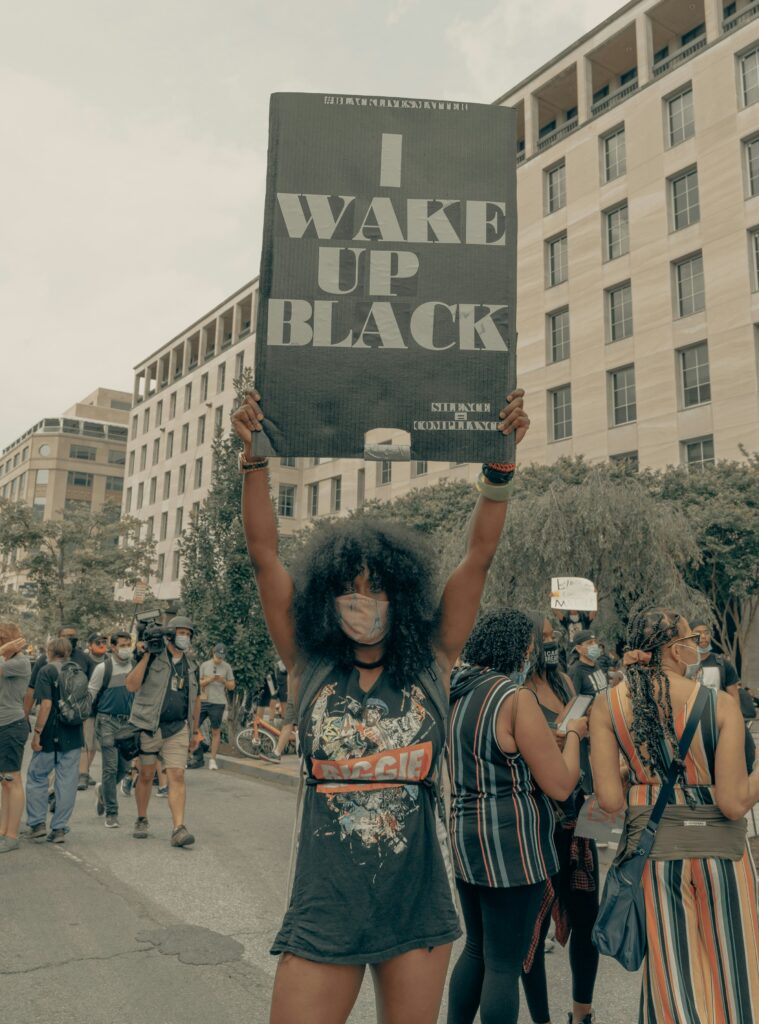Is AI going to be making every ad and putting creatives out of work tomorrow? Not likely. Because even the most advanced AI tools can’t understand the complexities of human emotion, which we all know is essential for making a meaningful connection with the audience. However, AI can help free up time and mental space for creatives to make their work more impactful.
AI is already being experimented with by art directors, copywriters, and designers. Some are using it to help with image and storyboard creation, while others are harnessing AI tools to help produce finished work. As Adobe, Microsoft, Google, and others continue to make AI part of their product offerings, we anticipate growing adoption in the near term.
Here are 5 ways AI could help and hurt the creative process:
1. Reducing the time suck of comping.
Back in the days when drafting tables and ashtrays were common sights in agencies, creatives presented ideas as rough marker comps. Today, they’re expected to show ideas in comps that look nearly identical to the finished product. With schedules being tighter than ever, creatives are forced to spend less time concepting and more time searching for stock photography and performing Photoshop magic. AI could shift this.
The launch of the Firefly generative image feature for Photoshop and other Adobe tools is already expanding what’s possible with comps. Want to turn a parking lot into a lake, complete with reflections? No problem. There’s also Midjourney, which is a tool that can create any bespoke image you can imagine—in a matter of seconds. And it’s as simple as describing what you want.
Consumers are already using AI to generate funny TV commercials for TikTok. The same technologies can be used to create animatics. This could possibly even allow us to skip the storyboard stage and present initial ideas in motion rather than having to explain static sketches.
2. Getting rid of repetitive tasks.
Being a creative isn’t all about coming up with big ideas. The job comes with endless small tasks. Digital and social ads have a dizzying number of formats—all with different sizes, image requirements, and copy character counts. Once the client approves an idea, creatives must spend days putting together different versions. There is the potential to eventually hand this job over to AI. Creatives would create the assets and the AI would automatically assemble the ad for each medium. This means more time for concepting.
3. Eliminating junior-level positions.
Jobs like building comps and versioning out ads often pay the salary of junior creatives who are still working to hone their concepting skills. The advertising industry is already challenged by a lack of entry level positions, which means there are less new people entering the business as older workers retire. As AI grows, the industry will have to invest in developing and mentoring new talent.
4. Opening up a new creative position.
The quality of AI output directly relates to human input. “Generate a video of someone watching a sunset” is going to create a less interesting result than a prompt like “Generate a shot of a Gen Z woman awed by the beauty of a sunset from her hotel balcony shot in the cinematic style of Christopher Nolan.” Just like the industry recognized the need for dedicated SEO writers in the early days of e-commerce, the “prompt writer” could become a valued new position.
5. Unleashing a rights management challenge.
For AI to produce images and videos, it needs to use or reference existing content. Right now, the original creators are not being compensated. If this continues, the creator economy could grind to a halt, because it will become a less viable career path. We’ve already seen a slowdown on Instagram content after Meta tightened their monetization requirements. Fortunately, NFTs might have already given us the solution. Creators could attach smart contracts to their work and set prices. In a Web 3 world, AI could recognize the contracts and pay the creators. The rates would almost certainly be less than a shoot and probably somewhat comparable to stock, depending on how many different works AI needs to create the final image or video.
Daniel Quentin Zuber, Associate Creative Director, has worked on some of the largest global brands while also being active in the electronic music scene as a DJ, performer, and producer. He was part of a team developing one of the first immersive VR music experiences and has also released a collection of NFTs. Under the handle @therealquentinZ, he’s an influencer in trance music, cyberpunk, and vaporwave culture on Instagram and TikTok.







